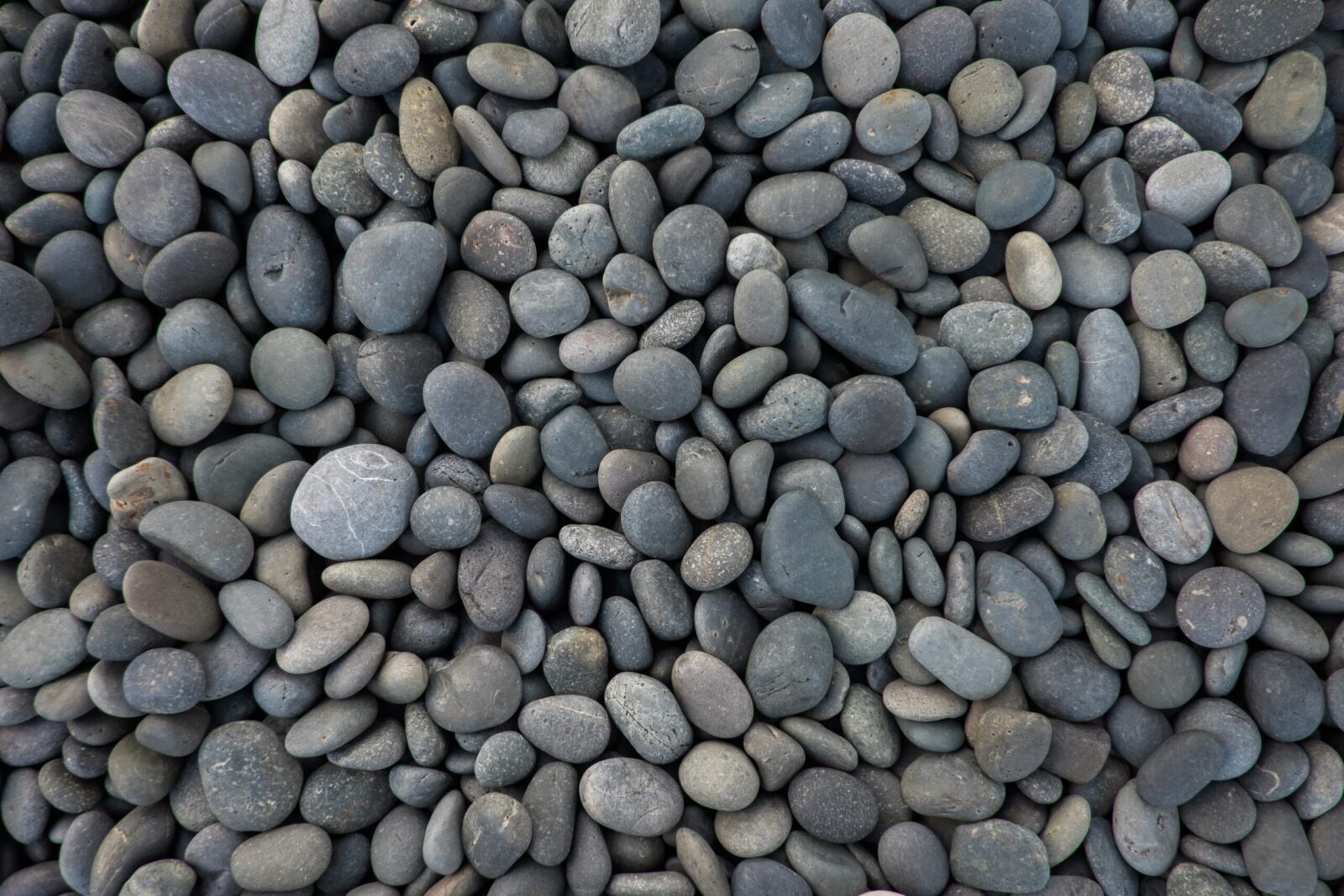
All Greys are the same, right? – Wrong!
Grey interiors is defiantly the one trend I get asked for the most when I visit a client’s home and while it is a neutral colour and a good base to start with, all greys are not created the same and if chosen incorrectly this can have a massive impact on your home interior.
As we live in the Western Europe we are unfortunate to have plenty of grey days outside, so by choosing the wrong shade of grey for the interior, we run the risk of creating that drab feeling inside too. This cool northern light can also make some greys look even icy and flat. This is certainly not the look most of us are trying to achieve.
So how do you pick the right grey paint for your home? – First what direction your room is facing – North, South, East or West. Then look at the furniture and textiles you have or wish to use in the room, what way is the natural light in the room, and what means of artificial light so you have available and lastly, assess the function of the room? – What is the room being used for?
In order to help you pick the right shade of grey I will break each area down a little further –
North Facing Room
A north facing rooms can be difficult to decorate if you are hoping to create a light, bright, spacious room. Sometimes it is best to just go with the darker tones and use stronger grey colours. It is important to look at the undertone of a paint colour, as anything with a blue or green undertone in a north facing room will make it feel cold and drab. Choose pink or brown undertones to create warmth, especially if you opt to use a lighter toned grey.
Examples of pink greys are – Farrow & Ball Peignoir no. 286 and Colourtrend – Wolfhound
South Facing Room
South facing rooms are the easiest to decorate as the quality of light allows you use warm and cool colours. Picking a grey in this instance comes down more to the textiles and furniture you plan on having or keeping in the room. Again, the same principles apply – blue or green greys will be colder and brown or red greys warmer. It is also important to look at how the paint reacts to artificial light, as grey is easily influenced and adding the wrong colour light can change how it looks completely. As South facing room does give you the opportunity to use a cool grey successfully, which is something we don’t often get in Ireland.
Examples of a blue grey are – Curator paints – Line Art and Arces Hall – Ashen
West Facing Room
West facing rooms look best with warm greys. The brown and red undertones give a slight beige tone to the grey and this gives the illusion of warmth, especially as the evening draws in. When used with artificial light the undertone really is evident. As this room gets the sun in the evening, it will feel warm all day long with the use of the warmer grey.
Examples of a brown grey are – Colourtrend – Thresher and Little Greene Paints – Serpentine no. 233
East Facing Room
East facing rooms get the sunlight in the morning and it disappears as we move through the day. This means careful consideration needs to be given to the grey shade we pick. The light in this room can appear blue/green and instead of adding a grey with a different undertone, it is best to work with this and use a blue/green based grey. If you want to pick something warmer, this is one room you can use a yellow based grey.
Examples of a green based grey are – Colourtrend – Silk Seal, and Farrow & Ball – French Gray no. 18
So all greys are not created equally it would seem, and just because one shade of grey worked in your friend’s house does not mean it will work in yours! My advice would be to get some samples pots and put the paint in different areas of your room to see how the light, furniture and textiles all affect the colour and when you find the right one for you, you will know it.
And if in doubt – you cannot go wrong with a good Greige!!
Photo by John Salzarulo on Unsplash